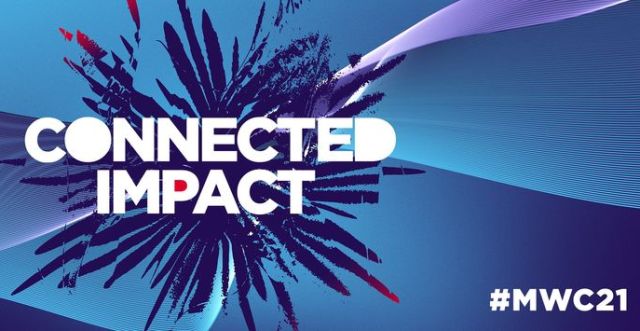Over 30,000 visitors from 143 countries are set to stream into Barcelona for the three-day Mobile World Congress (MWC 2021), which starts on Monday.
 While that attendance at MWC 2021 is a far cry from the crowds of 100,000-plus in years gone by, it is encouraging for the organizers, global mobile industry body GSMA. It was forced to axe the 2020 event as the pandemic raged, and had feared few people would show up this week, Reuters reported.
While that attendance at MWC 2021 is a far cry from the crowds of 100,000-plus in years gone by, it is encouraging for the organizers, global mobile industry body GSMA. It was forced to axe the 2020 event as the pandemic raged, and had feared few people would show up this week, Reuters reported.
“My biggest worry was that … our exhibitors would say with one voice ‘We’re not coming’ – but that’s not happened,” said Mats Granryd, director general of GSMA, which took big losses after last year’s cancellation, laying off 40 percent of its staff.
Telefonica, Orange, Huawei, Lenovo, Vodafone are showing up; but Ericsson, Nokia and Samsung are staying away.
The industry hopes that this year’s event, split between physical, virtual and hybrid activities, will provide a blueprint for future business gatherings.
At a warm-up reception at Barcelona’s La Boqueria market on Sunday, MWC guests and stakeholders networked eagerly, greeting one another with elbow or fist bumps, keen to throw off a year of isolation, lockdowns and video-conferencing.
On Saturday, 10,000 people were tested inside Fira venue that hosts MWC, as preparations were being made for the event – a process that Granryd described as smooth.
“We are showing the world that you can actually have these events, and you can have them safe, and you can actually do business again and see each other,” Granryd said.
John Hoffman, CEO of GSMA, expects the number of attendees will range between 30,000 and 40,000 – a far cry from the more than 100,000 who flocked to the last edition in 2019, which GSMA estimated gave Barcelona a $500 million boost.
This year, GSMA has introduced a series of health measures.
A recent negative COVID-19 test, face masks and a digital badge will be required to access the venue, while a contact-tracing app will track any infections.
Hoffman added he was confident next February’s edition – to be held during MWC’s regular slot – would be bigger as “people have a need to be together”.





